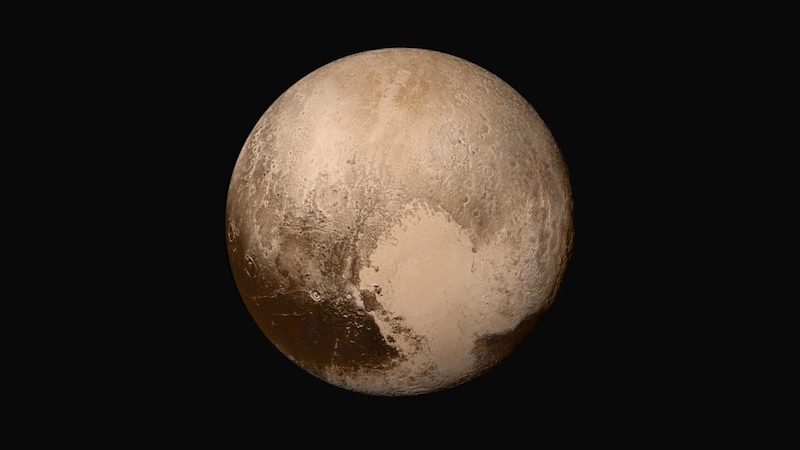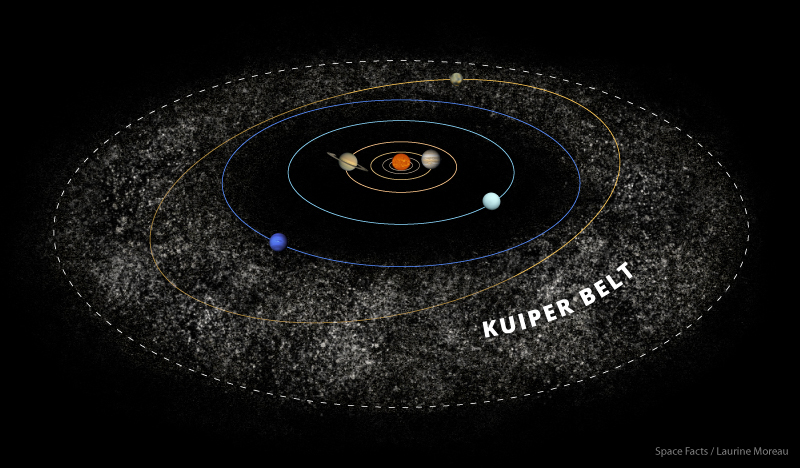Thermus Aquaticus is an extremophile that can survive extremely hot temperatures. It is a species of bacteria, whose scientific classification is Bacteria, Deinococcus-Thermus, Deinococci, Thermales, Thermaceae, Thermus, Thermus Aquaticus (Domain, Phylum, Class, Order, Family, Genus, Species). Thermus Aquaticus is a chemotroph, which means it obtains food through chemosynthesis. The species was first discovered in 1969 at Mushroom Spring in the Lower Geyser Basin of Yellowstone National Park by microbiologists Thomas D. Brock (Brock died on April 4, 2021, rest in peace) and Hudson Freeze.
Prior to their groundbreaking discovery, it was thought that the limit for any life was around 73o C or 163o F. But, contrary to that thought, this bacterium cannot live much below that temperature. Temperatures colder than 50o C, or 122o F, might destroy Thermus Aquaticus. A bacterium that lives at higher temperatures than most species on Earth, Thermus Aquaticus thrives at 65-70o C, or 149-158o F, and can survive extreme heat up to 80o C or 176o F.
Amazingly, bacteria like Thermus Acquaticus are responsible for the beautiful colors at Yellowstone. Many different species of bacteria create the contrasting colors because they reflect different colors. Since the discovery in Yellowstone, Thermus Aquaticus has been found in several other high-temperature environments.
Taq polymerase is a DNA polymerase that is extracted from Thermus Aquaticus. It was first discovered in 1976 that Thermus Aquaticus is very suitable for DNA sequencing due to its ability to withstand a wide range of high temperatures and protein denaturing. Taq polymerase is one of the most versatile polymerase enzymes available.












